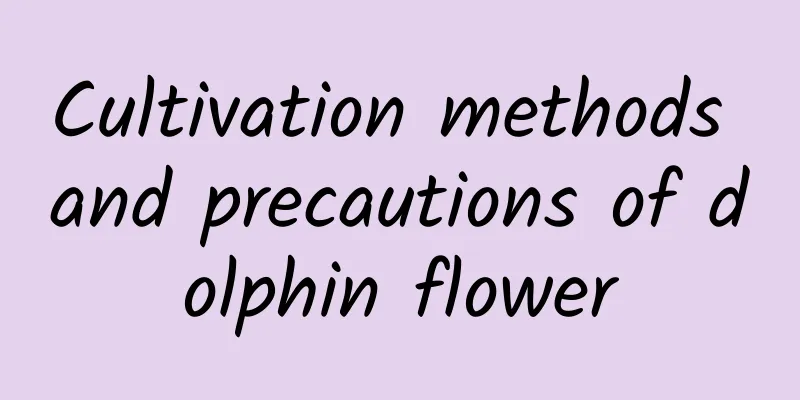How to grow golden chrysanthemum

1. Maintenance methods1. Temperature: It is suitable for growing in a warm environment. The plant grows fastest when the temperature reaches 20 degrees. During the cultivation period, it is important to pay attention to the temperature not being too high or too low. If the temperature in summer is too low, it is easy to slow down the growth. If the temperature in winter is not well controlled, frostbite may also occur. 2. Watering: It needs moist soil and sufficient water to grow. Water it about every two days. In summer, you can water it according to the specific changes in the soil. Each time you water, you must water thoroughly. If there is water accumulation and the ventilation is not very good, root rot will easily occur. 3. Light: Flowering is closely related to light. Generally, you have to choose to plant it in the sunny direction. Sufficient light can ensure that it blooms more brightly and more luxuriantly. If planted in a dark place, the number of flowers will decrease or no flowers will bloom. At the same time, at least five hours of sunlight per day should be ensured. 4. Fertilization: Golden chrysanthemum does not have high requirements for fertilizer. Since it is generally planted in large areas, it is necessary to add fertilizer every two months. When applying fertilizer, the fertilizer should be diluted before application. At the same time, fertilizer should not be applied to the branches and leaves of the plant to prevent rot. 2. Breeding techniques1. Reproduction: Sowing and cuttings are the most commonly used methods. Before sowing, the seeds need to be soaked in warm water for two days, and then sowed. And be careful when watering during the germination period. Do not water directly, otherwise the seeds will be washed out. Cuttings are also quite common. When doing cuttings, choose branches that are ten centimeters long. After waiting for the cuttings to sprout, you can transplant them. 2. Pruning: Pruning is needed after winter, and the plants need to be topped when they grow to a certain height to avoid excessive growth. 3. Problem diagnosis and treatment1. Disease: Damping-off disease will occur, and it is most likely to occur during the seedling stage. Increase wind speed and light transmission, and use wettable powder to control it. 2. Pests: Longhorn beetles may occur, and you can use dichlorvos solution to prevent and control them. IV. Other issues1. Toxicity: It is non-toxic and can help with sleep. 2. Can it be grown at home? Yes, it has beautiful flowers, can stabilize emotions and make people relax. |
Recommend
She lived in seclusion in the mountains of 7,000 square meters and built a beautiful greenhouse. Everyone wants to live in it!
In the past, people wrote life into poetry; now, ...
Common diseases of gardenia and their prevention and treatment methods
symptom Leaf spot is a disease caused by fungi, wh...
Your Kalanchoe plant has black rot in summer, but other people's Kalanchoe plants keep blooming. What's going on?
What should I do if Kalanchoe has black rot? The ...
Phoenix breeding methods and precautions
The Phoenix is extremely easy to keep. It is a ...
How to plant thyme and when and how to plant it
Thyme planting time Thyme is usually planted by s...
How to plant cactus in a pot
Choice of potting soil The soil should be a humus...
What flowers are suitable for growing in Ili Kazakhstan? What are the city flowers and trees?
1. Climate characteristics of Ili Kazakhstan Ili ...
How to care for the newly bought Osmanthus fragrans
1. Cleaning branches and leaves Due to transporta...
What is Kapok? Kapok pictures
1. What is Kapok? Kapok, also known as red cotton...
How often is it best to water the Kalanchoe (correct watering method in spring, summer, autumn and winter)
How often should I water the longevity flower? Wh...
What to do if the peace tree loses its leaves
Adapting to the environment Sometimes, the peace ...
The Feng Shui effect of green radish
1. Feng Shui Effect Placing it in the right posit...
When is the right time to repot orchids?
Orchid repotting time Generally, newly bought orc...
Air pineapple cultivation methods and precautions
As long as the environment is suitable, it is not...
How to grow basil on the balcony
How to grow basil on the balcony: Sowing time: If...









